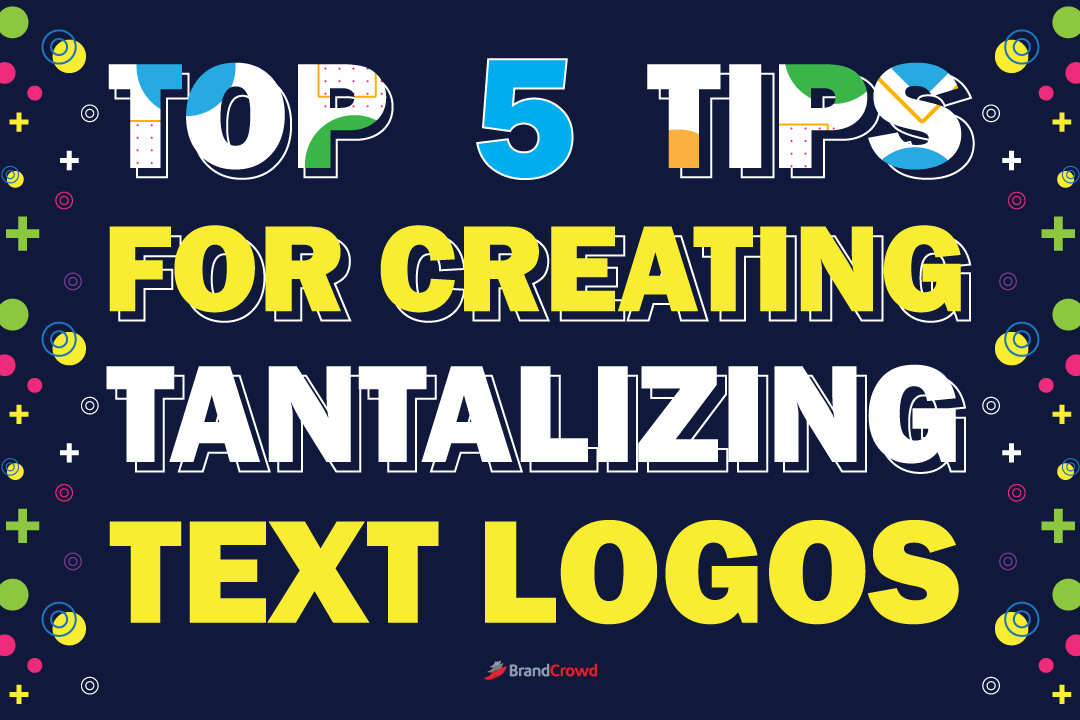Boost Your Organic Traffic with These 10 Image SEO Tips
Images are instrumental in making the web pages of your business more appealing to customers. When used effectively, they can help drive more visitors to your company website, contribute to business goals and promote social sharing.
Selecting the right images to enhance your product pages, blog posts, and web pages, however, isn’t enough. You should also spend time optimizing your images for Google, Bing, and other major search engines. Improving the SEO of your images can result in improved user experience, a faster website, and better articles.
Here are 10 image SEO tips that will drive more organic search traffic to your business:
1. Follow Best Practices When Naming Images
Although labeling images with the standard title provided by your camera can be tempting, they won’t contribute to your SEO efforts. Search crawlers take the time to analyze file names.
This means that the file names of your photos should accurately describe their content. Names, such as image1.jpg and dcim_03082021_001.jpg, aren’t ideal.
So rename the files accordingly. If a particular keyword or search term is relevant to the image, include that in the file name.
When inserting search terms, don’t simply add multiple keywords with the hope of boosting your search rankings. Even though a search engine won’t be able to identify irrelevant descriptions right away, keyword stuffing can do more harm than good. Rather than rename your image file as “roof-repair-roof-maintenance-roof-inspection-roofing-contractor-roofing-company-salt-lake-city.jpg,” keep the name straightforward and descriptive. An example is “roof-repair-contractor.jpg.”
2. Optimize the Alt Text of Your Images
Alt text, also known as alt tags and alt attributes, describes an image. Adding the appropriate alt text is important, as search engines are unable to process pictures like the human brain.
Also, including alt tags on your photos boosts web accessibility and helps Chrome, Firefox, and other browsers better understand the images on your business website. These programs will display the alt text if they encounter a problem loading the images.
Just like naming files, focus on creating information-rich and useful content in your alt text. Use search terms appropriately and in the context of the web page’s content. Refrain from stuffing keywords on your alt attributes, as search engines may see your site as spam. What’s more, this practice results in a negative user experience.
When writing an alt text, be concise and describe the image as best as you can. Going back to the previous roof example, you could add “contractor repairing roof shingles” as your alt attribute.
3. Write Body Content for Your Photos
Although alt tags are important, they offer limited information to search engines. Given this, you need to come up with body content on your web pages to provide context to these images.
Some owners with image-heavy sites dislike the idea of taking the time to write copy. For example, a photography company may find it overwhelming to write thousands of descriptions for every single image. But it’s still worth working with an SEO company for photographers or finding other alternatives. One workaround for this is to add a blog to the website.
Let’s say you’ve just finished photographing a wedding. Rather than simply upload all the pictures on your website, add them to a detailed blog post about the day. This adds a personal and interesting dimension to your website. What’s more, it gives you the opportunity to insert keywords naturally on your website.
Just make sure that the text and images are closely related. If your site consists of furniture photos, avoid writing copy about stuff that’s not directly related to your uploaded images. Doing so will only confuse search engines and result in a waste of time on your part.
4. Activate Browser Caching
Each time a browser loads a particular page, it has to download all the web files to display the web page properly. This includes all the images, CSS, HTML, and JavaScript.
Some pages take only a few seconds to load, as they may contain few files with small file sizes. Other pages may contain several files with large file sizes. These big files can take a while to load. Given that every file makes a unique request to the server, you can expect the page load speed to slow down.
Page speed is a ranking factor, so you’ll want your website to load quickly. This is where browser caching comes into play. By enabling this option, you can help improve site speed by storing some of the bigger files on your website locally in the visitors’ web browser.
If you have static assets or assets that change rarely, you could set the minimum cache time to a year. On the other hand, a cache time of one week is ideal for non-static or frequently changing assets.
5. Compress Your Images
An alternative to browser caching is image compression. This process involves reducing the size of your image files so that they take less time to load.
When compressing images, make sure that the file size does not exceed a few hundred kilobytes. Also, try to maintain image quality during compression. A small file size won’t matter if you compromise the quality of your image.
6. Select the Right Image Format
When adding photos to your website, choose the image format that’s best for your site. Although you have many options to choose from, opt for one of the following formats:
- WebP – This is the only format supported by both Firefox and Chrome. If you’re going to use this, go for lossy or lossless compression.
- JPEG – This option is best for photographs. Feel free to adjust the quality level of your pictures before uploading.
- PNG – This image format is best for logos, text, and line drawings. Although they generate better quality images, they come with large file size. Remember to compress your PNG files before uploading.
7. Follow the Relevant Copyright Laws
Make sure that the images you’re uploading do not violate any copyright law. You may face an image copyright lawsuit that can hurt your business reputation and cost you a lot of money. An example of this situation is using an image from an online stock photo provider, such as Shutterstock and Getty, without permission or a license.
Apart from a lawsuit, you could receive a DMCA takedown notice if you commit copyright infringement. Google takes note of all valid copyright violations your website receives. If these infractions stack up, your business site could appear lower in the search results.
The good news is you have multiple solutions to avoid copyright conflict.
The first is to ask for consent or permission from the rights holder. Another is to use pictures that you took yourself. If both options aren’t doable, download royalty-free stock images that are safe for commercial use. Some stock photo websites include Pexels, Pixabay, Unsplash, and Freepik.
8. Make Sure Your Images are Mobile-Friendly
When you’re uploading images on your website, you need to consider the users who are browsing your site on a mobile device. You can cater to mobile users by creating responsive images. This means that your website’s photos will scale with the size of the images whether the visitor is using a smartphone or a desktop PC.
One way to make your images responsive is to use srcset, an HTML code that instructs the browser to load multiple versions of a picture for several screen resolutions.
9. Share Your Images
Just like pages filled with written content, links can affect the rankings of image-heavy websites. You can bump up your chances of ranking in the search results when your site has links from high-authority websites. Given this, you should have many users see (and, if possible, link to) your content.
You’re at an advantage when your site features lots of original visual content. Pictures are more attractive to users than long chunks of text. This means that your image-heavy site is more shareable.
Start by sharing your images on social media. Make sure you add links in your newsletters and other e-mail correspondences. When sharing on social media, encourage followers and friends to share your images with others.
10. Consider Lazy Loading
Lazy loading is a process that defers the loading of non-vital assets, such as videos and images, at page load time. These critical resources will instead load only when users need them.
Your business website can stand to benefit from lazy loading. When you apply this technique on your website, you cut down initial page load time, system resource usage, and page weight — all of which can positively affect performance.
If you’re running your website on WordPress, you can use a3 Lazy Load plugin, a free plugin that enables you to lazy load your images for free.
As you optimize your website, make sure to apply these 10 actionable image SEO tips to increase organic traffic. Image optimization can take a lot of your time and energy. But the SEO benefits are worth it, especially when you’re improving the visibility of your online business.



